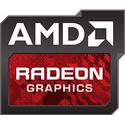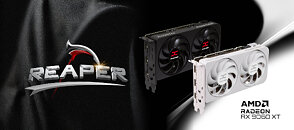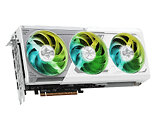nubia Unveils Pad Pro, Designed for Work, Study and Entertainment
nubia has launched its first-ever tablet - the nubia Pad Pro. Designed to meet the growing demands of users across work, study, and entertainment, the nubia Pad Pro delivers a high-performance experience powered by the Qualcomm Snapdragon 8 Gen 3 processor, featuring a Prime Cortex-4 clock speed at up to 3.3 GHz.
It's equipped with LPDDR5X high-speed memory and UFS 4.0 flash storage, ensuring smooth multitasking capabilities and fast load times across applications. The nubia Pad Pro features a 10.9-inch 2.8K ultra-clear true-color screen with a resolution of 2880×1800, offering vivid visuals and accurate color reproduction. For audio, it supports DTS X Ultra spatial 3D sound, creating an immersive stereo experience ideal for entertainment and content consumption.
It's equipped with LPDDR5X high-speed memory and UFS 4.0 flash storage, ensuring smooth multitasking capabilities and fast load times across applications. The nubia Pad Pro features a 10.9-inch 2.8K ultra-clear true-color screen with a resolution of 2880×1800, offering vivid visuals and accurate color reproduction. For audio, it supports DTS X Ultra spatial 3D sound, creating an immersive stereo experience ideal for entertainment and content consumption.
































































































